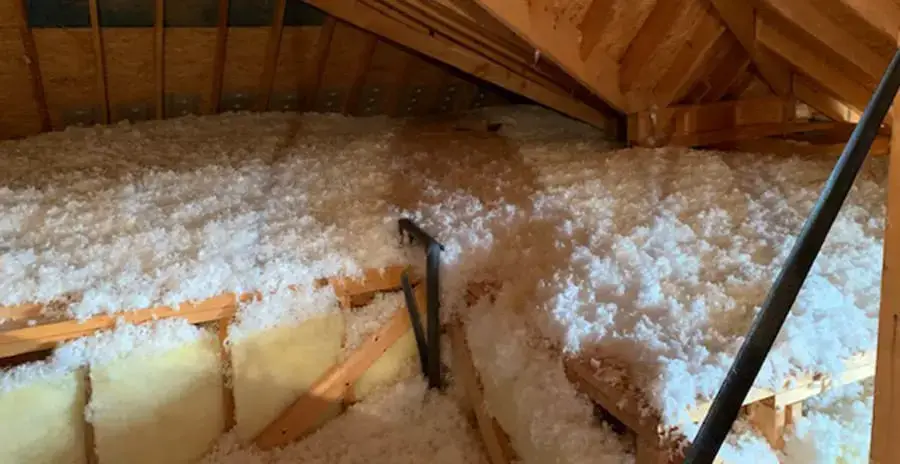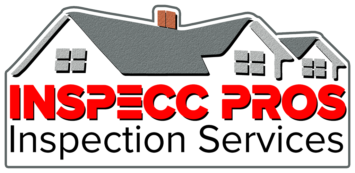
Few people give more than a few seconds of half-hearted thought to the attic. Your attic is a crucial part of a house – it can completely ruin your home’s structure and significantly increase the monthly bills you pay, depending on how its attic heat is regulated – or, more accurately, not.
Attic temperature is one of the most underrated things in house care. Thus, we’ll discuss it in today’s article for that reason. What average temperature should an attic space be?
Attic temperatures should be as close to outdoor temperatures as possible. The attic temperature should be 10-20 degrees warmer than the outside temperature in the summer. Attic temperatures over130 degrees Fahrenheit can cause prematurely age the shingles, overwork HVAC systems, and cause high energy bills.
A thermal radiant barrier system is usually required to achieve an attic temperature of 130 degrees or less on the hottest summer days. A proper thermal radiant barrier system can drastically reduce attic heat and offer energy savings of 17% to 25%.
Homes in cold climates that experience snow-covered roofs ensure your home is air-tight and energy-efficient to minimize heat loss from the interior space. Insulation in cold areas should be R60 loose-fill blown insulation to fill air gaps in the attic. Attic insulation requirements in warmer climates are a minimum of R30. Some climate zones will vary between R30 and R60.
What Temperature Should the Attic Be?
Maintaining attic temperature isn’t always the easiest thing, but keeping your house and your energy bills in place is an absolute must. A couple of steps to achieve this: start taking better care of your attic.
As we answered earlier, when it’s hot outside (70 degrees or warmer), you should make sure your attic temp doesn’t go above the outside temperature by more than 10-20 degrees, with a maximum of 130 degrees. Hot attics cause many problems, which we’ll discuss later on. Just remember your attic temperature should match the outdoor temperature closely.
Attics are often looked at as the most unnecessary part of a house. It’s used as “an old warehouse,” You throw in things you might need in the future (but never actually use again). If this is the case, this article is for you; we will help you realize how important the attic is.
Looking at fundamental physics, you’ll see that hot air rises while cold air is pressed downwards. Once you understand this, you can see your attic’s implications when keeping your house in order.
How Hot Should My Attic Be During the Summer?
If the temperature is hot outside, your attic will be the hottest part of the house. Hot air becomes trapped between the attic insulation and the roof without proper ventilation. Ideally, your attic should not exceed 130 degrees Fahrenheit during the summer. Problems related to attics hotter than 130 degrees:
- It will make it harder to cool your home in the summer. Your HVAC system has to work harder than needed, which leads to premature equipment failure.
- It can degrade certain types of attic insulation. Insulation, such as cellulose, is made from recycled materials that degrade over time, reducing the insulation’s effectiveness.
- A hot attic will cause asphalt shingles to degrade faster, shortening the roof’s life. Asphalt shingles already absorb a lot of heat from the sun. Trapped heat in the attic causes roof shingles to lose essential oils that protect the roof shingles.
- A hot attic can create an environment for mold to thrive, driving thousands of dollars in remediation costs.
How Cold Should My Attic Be During the Winter?
On the other hand, your attic is probably the most exposed part of the house when cold outside. When this occurs, your attic will supply your home with a constant stream of cold air from above without proper attic insulation, making it hard to keep the house warm.
If you live in a cold area with frequent freezing temperatures, you’ll experience routine snow-covered roofs. You’ll want to ensure your home is air-tight and loose-fill blown insulation is R60 or about 17 inches thick.
In inadequately insulated homes, the heat you produce escapes the interior ceiling into the attic and heats the roof decking. Even in freezing temperatures, your attic can be slightly warmer than the outdoor temperature as the sun heats the roof.
Problems related to your attic in winter include:
- It will make it harder to heat your home in the winter. Your HVAC system has to work harder than needed, which leads to premature equipment failure.
- Cold temperatures can cool the heat as fast as it is produced if your ductwork is located in the attic. This raises energy costs.
- In poorly insulated homes, heat loss from the interior warms the attic, causing snow on the roof to melt. The water then flows to the unheated eaves and re-freezes, causing ice dams on the roof and gutters. These ice dams can cause structural damage to the roof and allow roof leaks into your house. Ice dams cause thousands of dollars in property damage annually.
DISCLAIMER: The content published on HomeInspectionInsider.com and inspeccpros.com is not professional advice. You should consult with a licensed professional and check local permit requirements before starting any project.
This article is posted with permission and was written by Hubert Miles from homeinspectioninsider.com Visit his page for more useful blogs!

